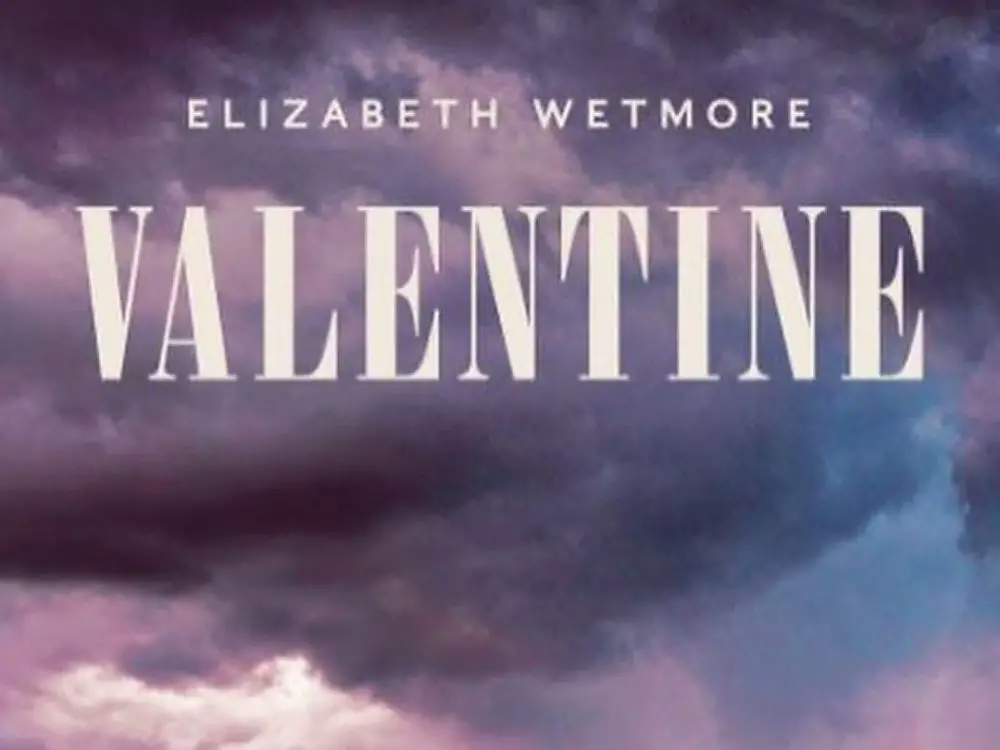Author Elizabeth Wetmore’s debut novel, “Valentine,” paints a grim picture starting on the first page. The book opens up with a strong and dark beginning, full of imagery representing deep resentment and fear. The Texas landscape helps describe the different moods and tones shown throughout it all, giving life to the background as well. It’s set in mid-February 1976, sometime after Valentine’s Day, and the novel goes on to share alternating points of view from various female characters reacting to a terrible situation going on in the oil town of Odessa, Texas.
The story shows the aftermath of a horrific act of violence — the brutal rape of Hispanic teenager Gloria Ramirez, who managed to escape from her abuser with barely any life in her. As mentioned before, the story is told through different characters’ perspectives, all in a beautifully written book that takes on the real-life effects of injustice.
It not only discusses women — young and old — placed in toxic scenarios, but also how race and class can intersect in a small, secluded town. The inclusion of violent and misogynistic characters, whose depraved actions are dismissed as harmless, helps depict the trope of a small town filled with closed-off minds, representing a much larger, unjust value system.
The desert setting symbolizes feelings of isolation, but it also shows off the beauty that can keep a person hopeful, or at least distracted from something that is ugly. Throughout “Valentine,” Wetmore beautifully describes the West Texas landscape, which offers a sense of hope by taking it out of the clutches of the men and giving it to the girls and women of the story, each one sharing their personal exploration of the lingering effects of a brutal crime.
Morals are also put to the test; there are opportunities to feed into the teenage rebellion that hasn’t been satiated by the small-town lifestyle, but a character’s own well-being is put at risk when taking a chance at helping a stranger.
Attempts to see through the eyes of a rapist are given, not so much to sympathize with them, but more to see them as some kind of human instead of a societal monster. There are moments of victim-blaming, as well as feelings of uselessness that come with not being able to do what you expected yourself to do during something like this.
“Valentine” displays the wide range of emotions you might feel when going through this kind of situation, making the reader feel like a deer caught in headlights.
What also makes this novel unique is its prose. “Valentine” eschews the typical dialogue format (“Blahblah,” said Soandso), which somehow makes the inner monologues of every character all the more real. This transforms into an exploration of how these women have suffered and survived in a hostile world run by men and how it can relate to what is currently going on.
The narrative here can best be described as a sort of documentary that “interviews” or takes a look at the people that were either involved or had plenty to say about what went on in this secluded town.
“Valentine” is grounded in its gritty storytelling and how it proves to readers that even the best characters fail at being good. For example, questions can arise from how something as simple as a good listening ear can be a vital tool in understanding another person.
It is powerful enough to help people overcome problems life throws at them, and with poor listening comes misunderstandings and bad assumptions — especially when it comes to a toxic society that breeds dominion over the fairer sex and hatred over people of color.
In short, “Valentine” is excellent at analyzing each person’s perspective in a way that sheds light on both the strengths and weaknesses in their moral character. Still, Wetmore does not paint a pretty picture with the novel’s desolate setting and less than perfect characters.
Akin to the way author Harper Lee wrote “To Kill a Mockingbird,” there is little interest in portraying justice or a conventional happy ending. This makes it all the more heartbreakingly real, in the way justice takes a misleading shape and brings with it devastating end results. A harrowing lesson is that the good guy can just as easily be punished as the bad guy.
Wetmore shows off her knowledge about human nature and how it can be tested during life-altering situations. Each reader can relate to at least one of the characters, as they bring forth a complex moral world and deep examinations of how thoughts and opinions are processed in a white male-dominated world.
















